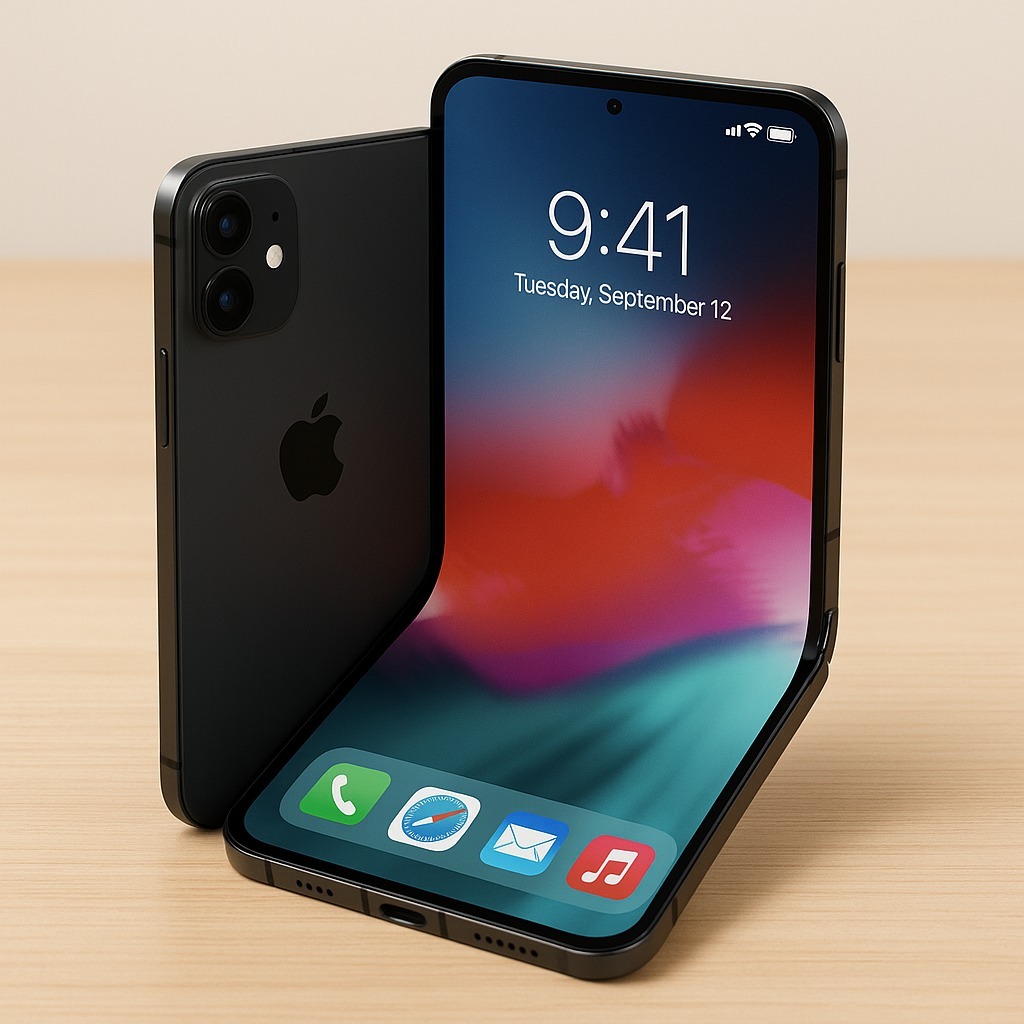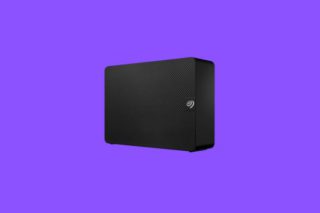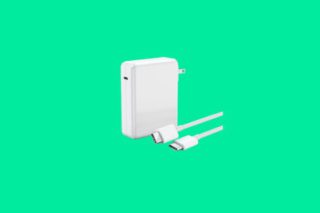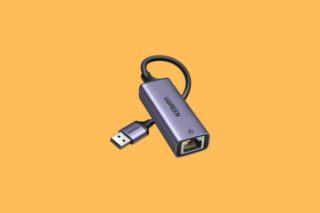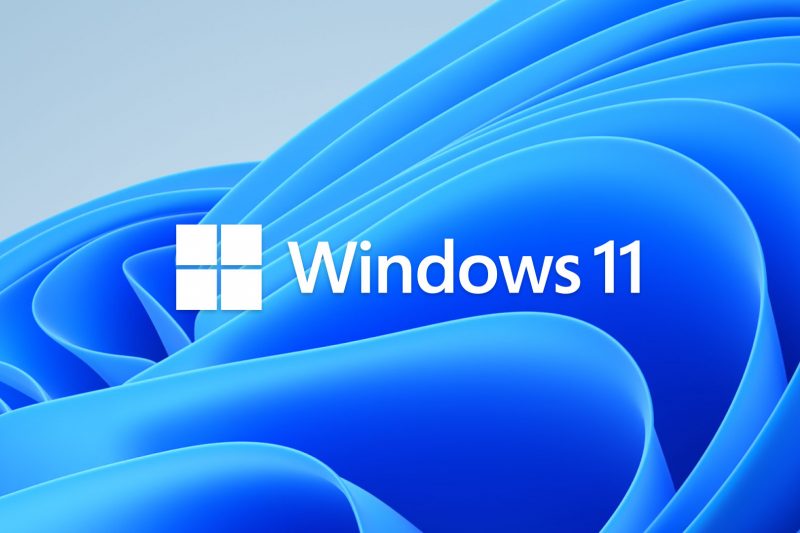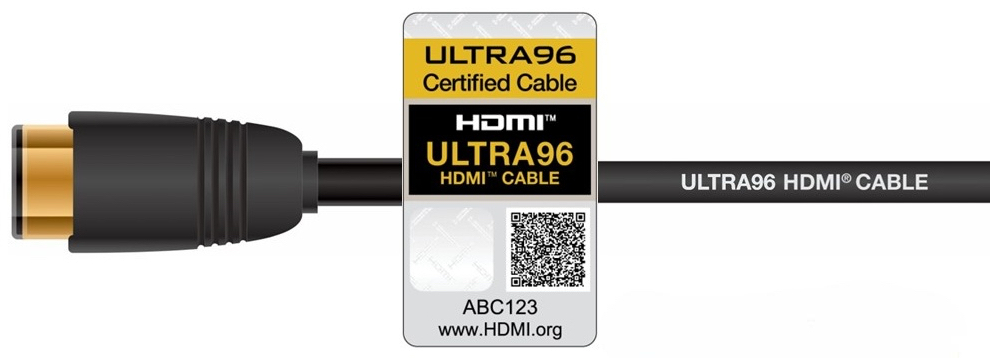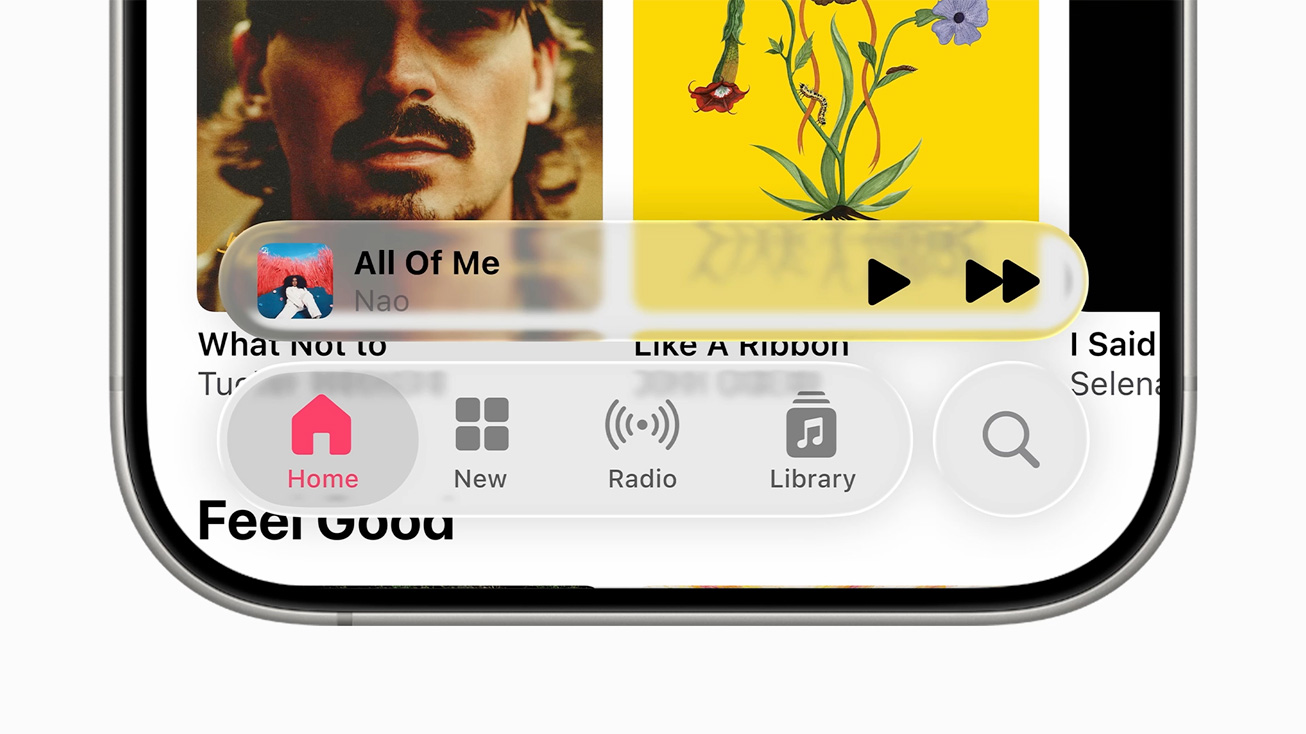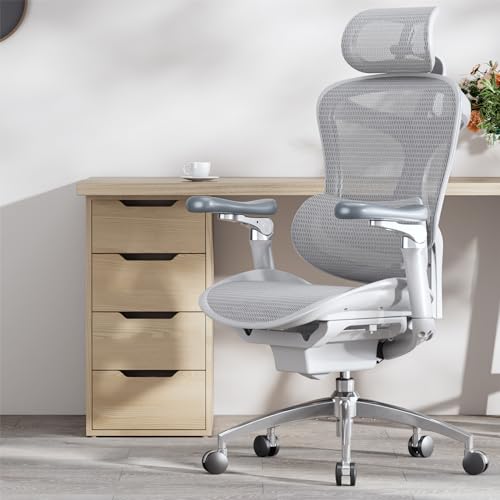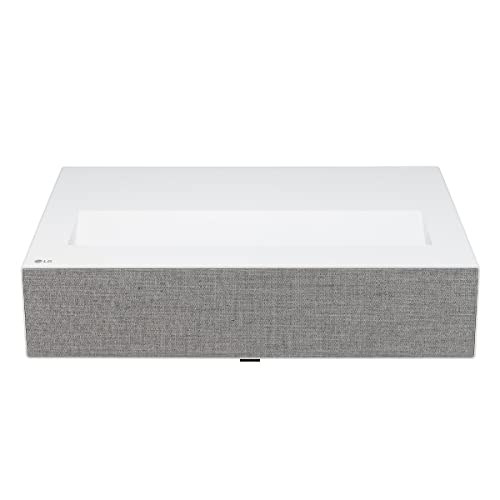Flat phones are officially on notice. Apple’s long-rumored iPhone Fold isn’t just coming—it’s poised to dethrone the Pro Max as the company’s crown jewel. After watching Samsung and others stumble through folding phone puberty for years, Apple’s finally ready to show everyone how it’s done with a device that’ll likely empty your wallet faster than a Vegas slot machine.
If you’ve been clinging to your Pro Max like it’s the pinnacle of smartphone evolution, prepare for a rude awakening. Apple plans to position the iPhone Fold as its new annual flagship starting in 2026, relegating the Pro Max to second-tier status. This isn’t just another experimental product—it’s a fundamental strategy shift that signals where Apple thinks the premium market is heading.
The iPhone Fold will feature a book-style design similar to Samsung’s Z Fold series, but with Apple’s typical “we-did-it-better” approach. You’ll get a 7.8-inch inner display paired with a 5.5-inch outer screen, both using advanced OLED panels with 120Hz ProMotion technology. Apple’s reportedly obsessing over eliminating the dreaded center crease that plagues other foldables—because heaven forbid your $2,500 phone has a visible fold.
Caught in the rain with your Galaxy Fold? That’s a $2,000 paperweight. Apple’s aiming to change that narrative with premium materials including a titanium alloy frame and possibly a liquid metal hinge for durability that doesn’t feel like you’re carrying a delicate butterfly. The device will measure just 9-9.5mm when folded and an impressive 4.5-4.8mm unfolded, making it one of the slimmest foldables on the market.
Behind all the status-symbol flex, there are legitimate reasons to want this thing. Split-screen multitasking becomes genuinely useful when you’re comparing flight prices while chatting with friends about vacation plans, or editing a document while referencing research—all without the constant app-switching dance that makes your current workflow feel like a bad TikTok challenge. For professionals juggling multiple streams of information, that expanded canvas could be as essential as your morning cold brew.
The iPhone Fold will reportedly ditch Apple’s facial recognition tech for a side-mounted Touch ID sensor due to space constraints. It’s like Apple’s saying, “You can have a folding screen or face recognition—not both.” At least not yet. Meanwhile, Apple is reportedly working on Invisible Face ID for the iPhone 18 Pro, hinting that facial recognition could make a sleek, space-saving comeback in future devices.
Under the hood, this thing’s designed to be an AI powerhouse, leveraging that larger screen for advanced multitasking and productivity features. Expect the same Apple Intelligence features you’ve seen elsewhere, but with interfaces reimagined for that expansive display. Whether that justifies the price is another question entirely.
Speaking of which—brace yourself. The iPhone Fold will reportedly cost between $2,000 and $2,500, officially making it the most expensive iPhone ever. That’s more than the average American spends on streaming services in six years. But Apple’s betting their loyal customers will happily fork over the cash for the privilege of being first to unfold their iPhones at Starbucks or during their next Zoom call when they could just be using Gallery View like everyone else.
Despite the eye-watering price, Apple’s planning modest initial production of just 3-5 million units, acknowledging the manufacturing complexity involved. But don’t mistake caution for lack of commitment—this is now an annual product line, not a one-off experiment.
If your wallet’s already breaking out in a cold sweat, you’ve got time to start saving. The iPhone Fold isn’t expected until late 2026, possibly alongside the iPhone 18 series. By then, maybe you’ll have convinced yourself that folding your phone is worth skipping a vacation or two.
Apple’s fashionably late arrival to the folding party could actually catalyze the entire market, potentially boosting foldable adoption. When Apple does something, even skeptics eventually follow—just look at how quickly headphone jacks disappeared after the iPhone 7.
The real question isn’t whether Apple can make a good foldable—it’s whether most people actually need one. For all the engineering marvels packed inside, foldables still feel like solutions in search of problems for average users. But then again, that’s never stopped Apple from creating must-have products before.

